Best Practices for Maintaining a Commercial Parking Lot
A commercial parking lot is often the first impression customers have of a business. A well-maintained lot enhances safety, improves curb appeal, and extends the lifespan of the asphalt, ultimately protecting your investment.
Neglecting parking lot maintenance can lead to costly repairs, liability risks, and a decline in property value. This guide outlines the best practices for maintaining a commercial parking lot, ensuring durability and long-term functionality.
1. Conduct Routine Inspections
Regular inspections help identify minor issues before they escalate. At least once a month, walk the lot and look for:
✔️ Cracks and potholes – Can worsen if left untreated.
✔️ Fading striping and markings – Reduce traffic flow efficiency.
✔️ Pooling water or drainage issues – Leads to asphalt degradation.
✔️ Loose debris or oil stains – Can cause surface deterioration.
Tip: Consider hiring a professional paving contractor for annual inspections. They can spot early signs of damage that may not be obvious.
2. Keep the Surface Clean
Dirt, debris, and chemicals from vehicles can degrade asphalt. Implementing a regular cleaning schedule will help:
- Extend asphalt lifespan by preventing buildup.
- Reduce liability risks by eliminating trip hazards.
- Improve property appearance to enhance customer experience.
Cleaning Methods:
- Sweeping: Removes debris and trash.
- Pressure Washing: Eliminates oil stains and tire marks.
- Chemical Treatments: Removes stubborn stains without damaging asphalt.
Pro Tip: Avoid using harsh chemicals that can damage asphalt. Opt for biodegradable degreasers when cleaning oil spills.
3. Apply Sealcoating Every 2-3 Years
Sealcoating acts as a protective barrier against sun exposure, water, oil spills, and traffic wear. It prevents:
✔️ Oxidation from UV rays, which can cause asphalt to turn brittle.
✔️ Water penetration, which leads to cracks and potholes.
✔️ Oil and gas stains, which can weaken the asphalt binder.
How Often Should You Sealcoat?
- Heavy-traffic lots: Every 2 years
- Low-traffic lots: Every 3-4 years
Pro Tip: Sealcoating should be done in warm, dry weather for the best results. Spring and summer are ideal times for this service.
4. Repair Cracks and Potholes Immediately
Cracks and potholes are not just unsightly—they’re a major hazard. Even small cracks widen over time due to temperature fluctuations and moisture exposure.
Types of Repairs:
- Crack Filling: Fills surface-level cracks to prevent further spreading.
- Pothole Patching: Uses hot or cold asphalt mix to restore damaged areas.
- Infrared Asphalt Repair: Heats and re-bonds the existing asphalt for a seamless fix.
Waiting to fix cracks leads to costly repairs. A minor $200 crack repair today could turn into a $5,000 repaving job later.
5. Re-Stripe Parking Lot Markings Every 2-3 Years
Clear, well-defined striping is essential for:
✔️ Efficient traffic flow
✔️ Maximizing parking space
✔️ ADA compliance
Signs You Need Re-Striping:
🚧 Fading lines and markings
🚧 Customers parking incorrectly
🚧 Pedestrian crosswalks becoming hard to see
Types of Striping Paint:
- Water-based Paint: Environmentally friendly, fast-drying, but less durable.
- Oil-Based Paint: More durable but takes slightly longer to dry.
- Thermoplastic Striping: Long-lasting, reflective, and weather-resistant.
Pro Tip: To maintain compliance, ensure your lot meets ADA parking requirements, which vary by state. Check ADA Guidelines Here
6. Ensure Proper Drainage to Prevent Water Damage
Standing water is one of the biggest threats to asphalt integrity. It seeps into cracks, weakens the foundation, and accelerates pothole formation.
How to Improve Drainage:
- Clean out storm drains regularly.
- Ensure proper slope grading to direct water away.
- Install permeable paving materials for better drainage.
7. Prioritize Safety Measures
An unsafe parking lot increases liability risks. Ensuring pedestrian and vehicle safety should be a priority.
Essential Safety Features:
✔️ Clear signage (stop signs, speed limits, handicapped spaces)
✔️ Pedestrian crosswalks with visible markings
✔️ Speed bumps to slow down traffic
✔️ Adequate lighting to prevent nighttime accidents
Bonus Tip: LED parking lot lights increase visibility while reducing energy costs by up to 75%.
8. Work with a Professional Parking Lot Maintenance Company
DIY maintenance can only go so far. Professional maintenance ensures:
✔️ High-quality repairs using industry-grade materials.
✔️ Cost-effective long-term solutions rather than temporary fixes.
✔️ Compliance with local and ADA regulations.
Why Choose Clear Line Paving & Maintenance?
At Clear Line Paving & Maintenance, we specialize in:
✅ Line striping and ADA compliance solutions
✅ Sealcoating and crack filling
✅ Pothole and asphalt repairs
Get a Free Quote Today! Contact us now to schedule a consultation.
A well-maintained parking lot isn’t just about aesthetics—it’s about safety, functionality, and long-term cost savings. By following these best practices, you can:
✔️ Extend your asphalt’s lifespan
✔️ Reduce expensive repairs
✔️ Create a safer environment for customers
If your lot needs maintenance, Clear Line Paving & Maintenance is here to help. Schedule a free consultation today and protect your investment for years to come!



